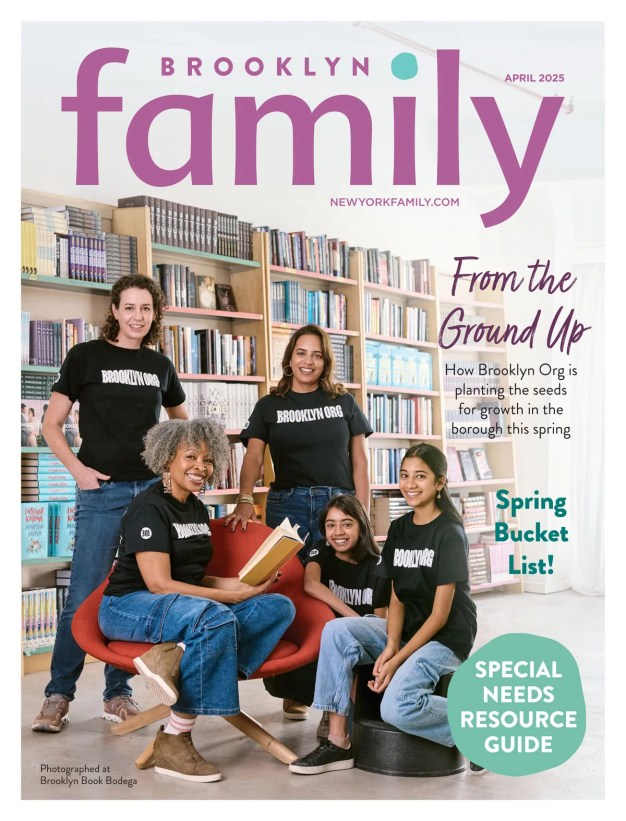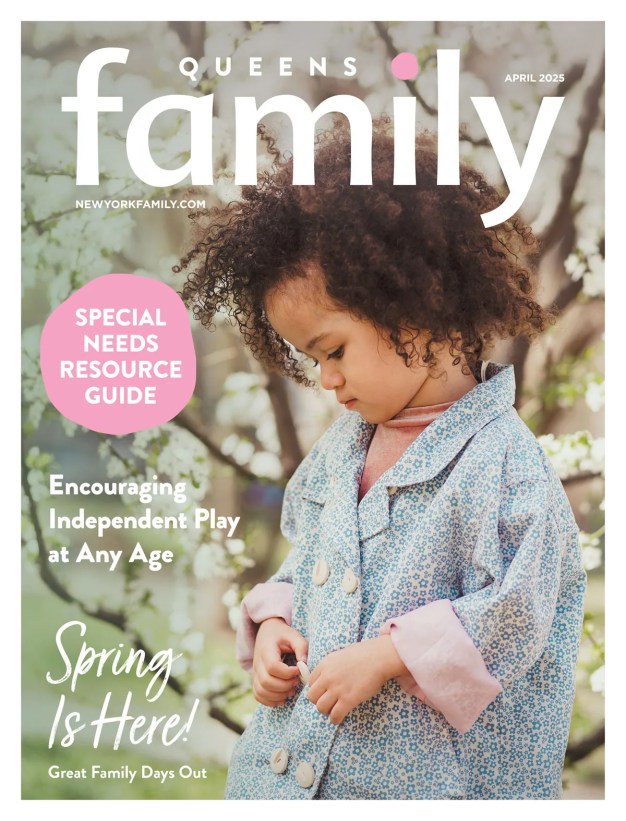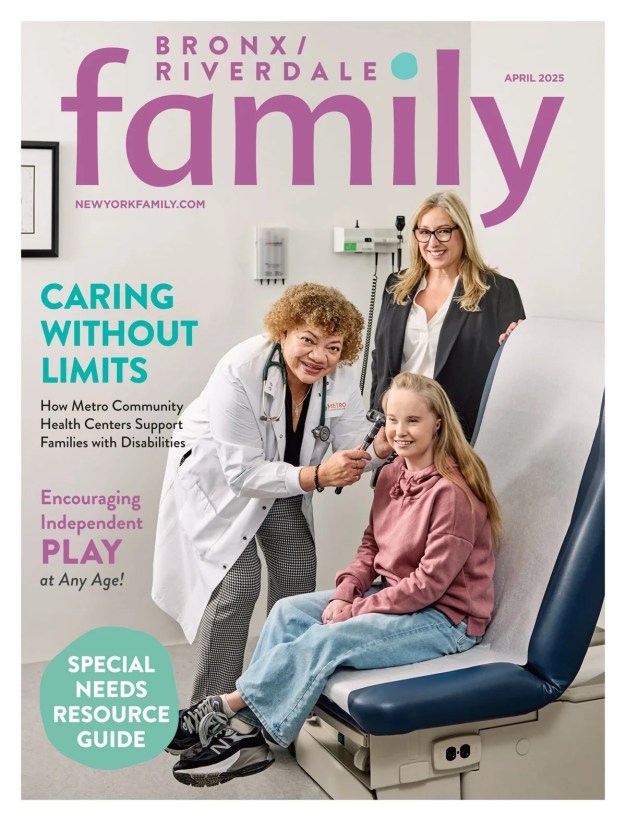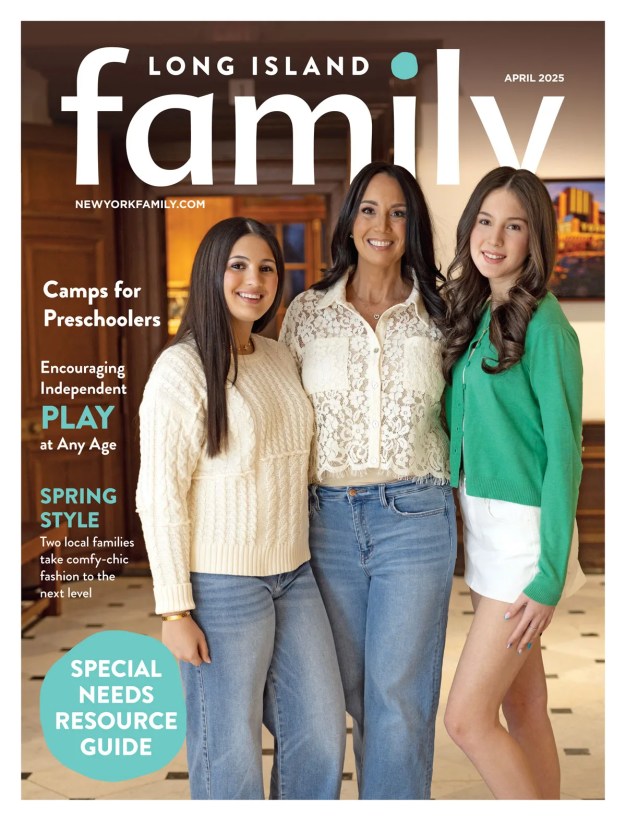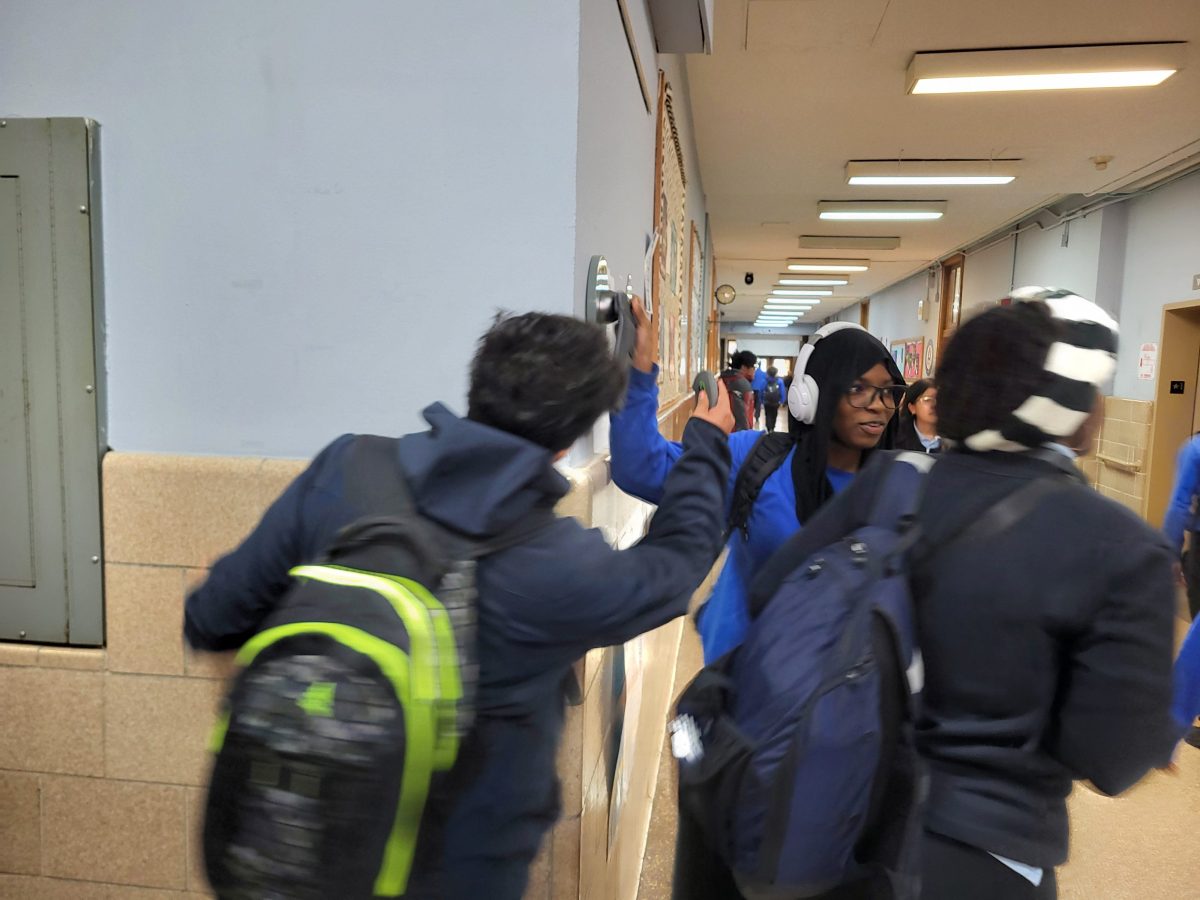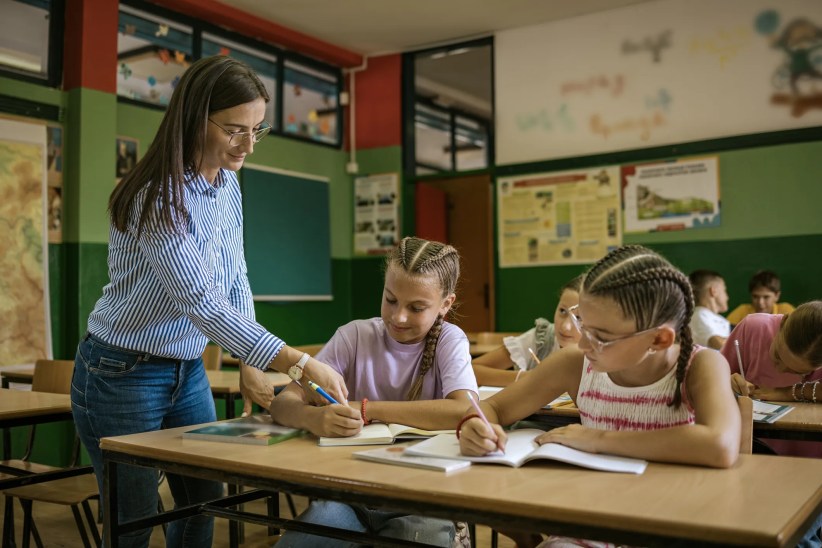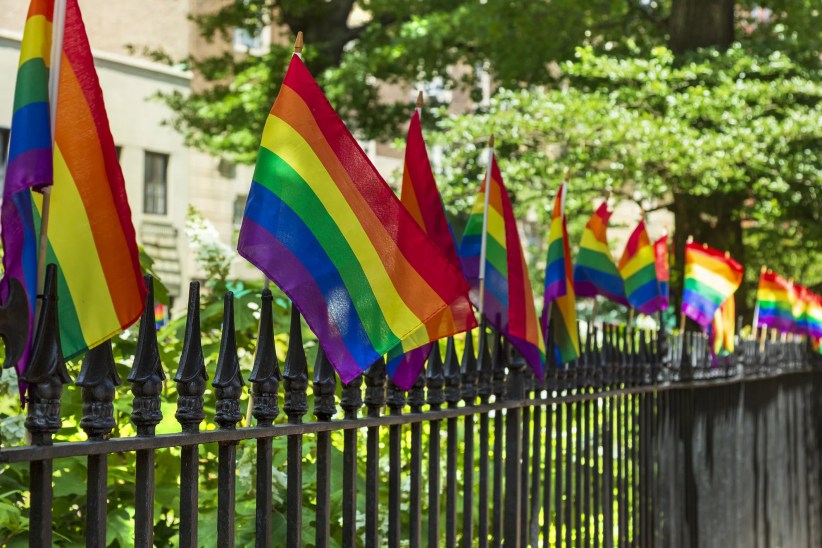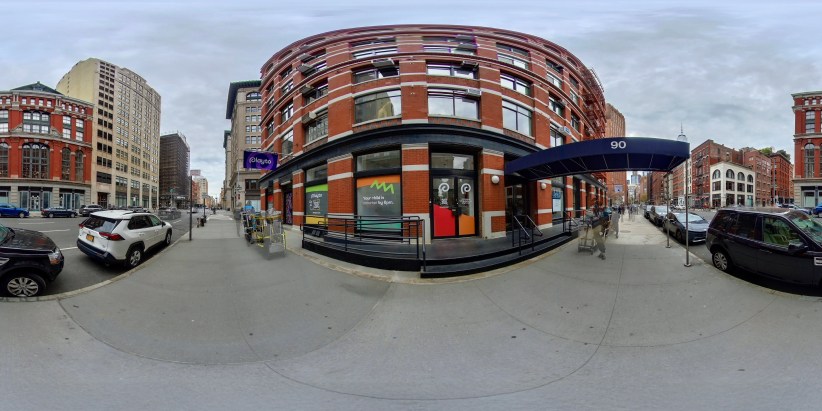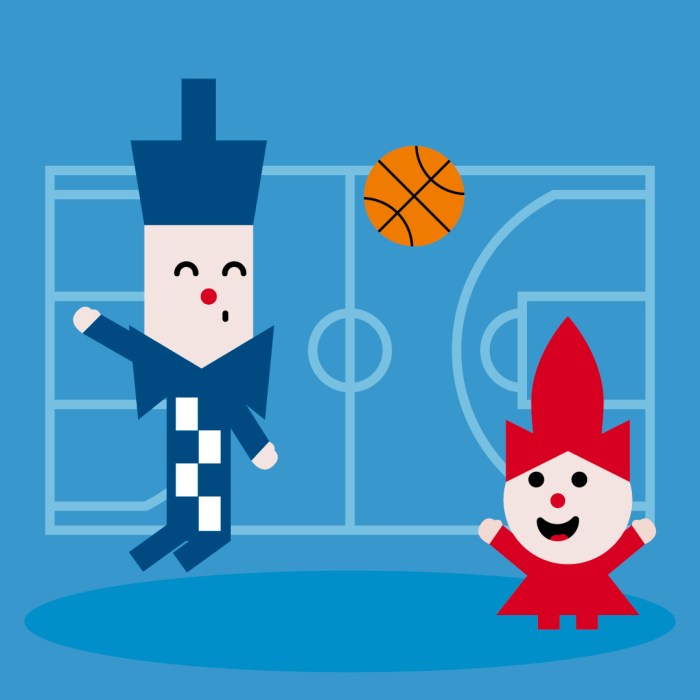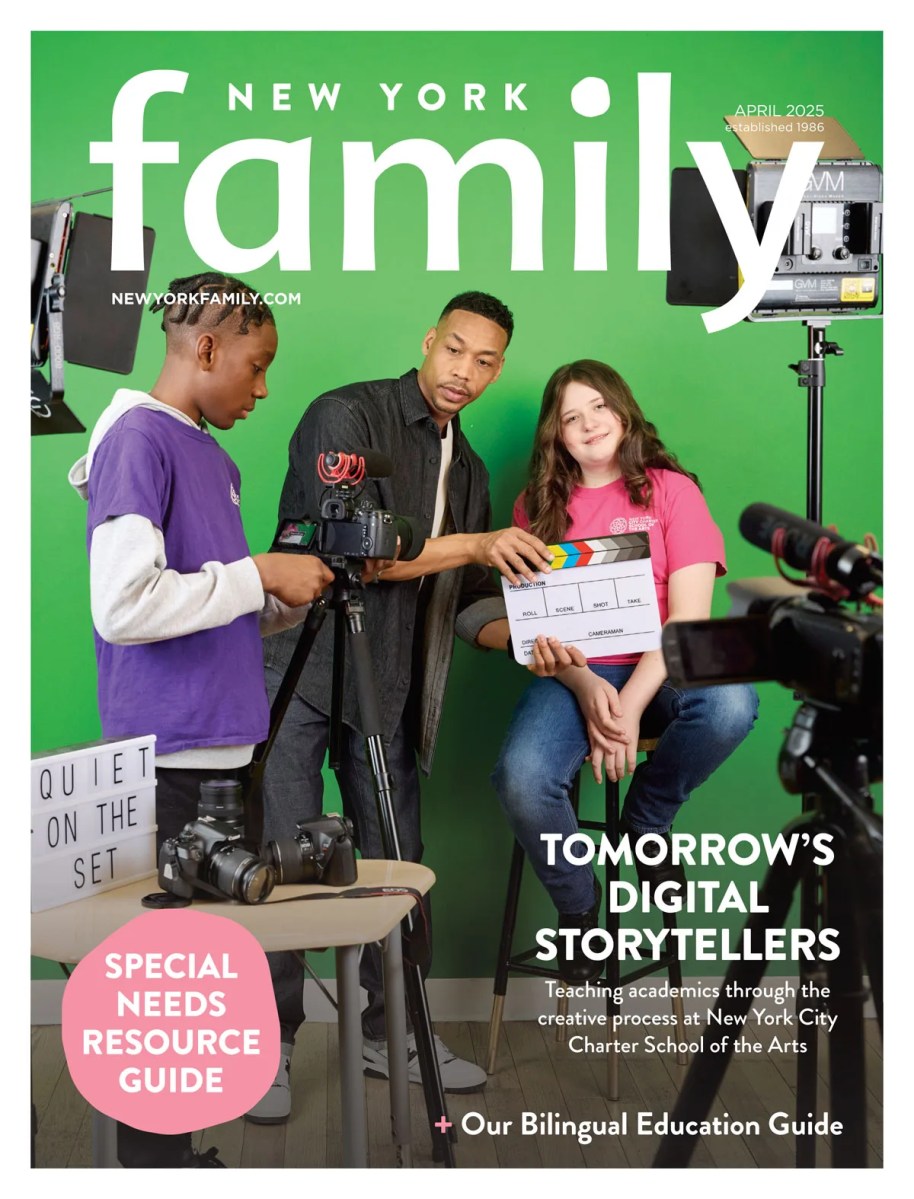
Back when many of today’s parents were kids, songs in Spanish and a pen pal from Denmark were how schools illustrated the larger world. And while these activities were well-intentioned, exposing modern students to different ways of life has gone far beyond having the cafeteria serve tacos on Tuesdays. Raising smart global citizens is a worthy goal, and one that’s practically paramount in order to compete in today’s worldwide economy. The following six schools are at the forefront of international education in our city, teaching kids to move nimbly between cultures, display competency in other languages, and to value a range of viewpoints. These comprehensive, global curricula are poised to prep students to understand, respect, and even change, the world.
Dwight School
Dwight’s core principles are clear: Cultural sensitivity, proficiency in more than one language, and global mindfulness—all of which culminate in an International Baccalaureate awarded in the primary and middle years, and a diploma program. Four campuses (London, Vancouver Island, Seoul, and Shanghai) have been established to facilitate cross-cultural learning and more than a dozen languages are offered, including Mandarin, Russian, Japanese, and Arabic. “First-graders study morals and myths from around the world to understand how they reflect a particular culture,” reports Martha Hirschman, head of the lower school. And fifth-graders dig deeply into subjects like child labor or the definition of art in other communities, and then present their findings in a year-end project.
Global connections enhance Dwight’s multicultural life and are almost too numerous to count. Students might play volleyball in Turkey, basketball in China, attend a conference in Luxembourg, or partake in a London exchange program. An annual highlight is the all-campus concert at Carnegie Hall, with students from England, Korea, and the US performing on one stage. “Our kids are encouraged to explore diversity and collaborate, which is made even more exciting when it’s shared on one of the world’s finest stages,” says Alistair Hamilton, the school’s music director. dwight.edu
Innovate Manhattan Charter School
The first of its kind in North America, this Lower East Side middle school of about 170 kids is based on the Kunskapsskolan method, a Swedish model of education, and boasts a network of over 50 locations in the United Kingdom, India, and Sweden. Innovate Manhattan’s goal is to personalize learning, with one-on-one coaching, goal-setting, and a global exchange of ideas. “Many international links are available to our middle schoolers, including visiting experts from around the world, a web-based curriculum, and a network of 20,000 kids from communities in Stockholm and rural India,” explains head of school Dr. David Penberg. Students might Skype together to discuss themes like the worldwide use of water, or what it means to be a citizen; a global student council is also being formed to mobilize kids around such issues as sustainability and bullying.
Afterschool and Saturday activities include writing for a digital journal, learning Aikido, video production, and robotics. Innovate students also have the opportunity to travel, with a two-week science and humanities program planned for next summer in Sweden. “Some of these kids have never left the city, so understanding, empathy—everything will be expanded for them,” Penberg says. Even the building has an international bent. “It’s got a Swedish design, full of windows and light and actually looks nothing like a school.” innovatemanhattancharterschool.org
Pine Street School
This Financial District private school is literally brand new, joining Battery Park Montessori as the second school in the Green Ivy School group and enrolling 50 students in grades pre-K-1 this fall. Pine Street marries the Montessori method and the International Baccalaureate, which makes it only the second school in the world to offer the combination. “We’re extremely focused on developing an international curriculum and the Spanish language plays a big role,” explains Green Ivy School founder Jennifer Jones, adding that when students learn another person’s phrases and jokes they gain empathy and have the key to understanding a culture.
Little learners at Pine Street are taught by staffers from four different Spanish-speaking countries. They enjoy music, stories, and theater, as well as cooking in their own kitchen, complete with two professional ovens. “Spice is a great topic to explore because it’s unique to every culture,” Jones points out. The study of chilies becomes a very academic conversation, covering geography, history, recipes, and more. Pine Street is growing, with a middle school planned for next year that will include travel to a Spanish-speaking nation to participate in a community service program. “Our kids are becoming real change makers,” Jones says. greenivyschools.com
Avenues: The World School
The name says it all: This private school, which opened in 2012 in Chelsea, is slated to become part of a 20-campus group worldwide (a Beijing location is currently under construction). The class of 2016 will be the first to graduate, and over 1,200 students are enrolled this year, from nursery though high school. Travel and language are two important components of an Avenues education, says Ty Tingley, chief academic officer. “When students enter school as 3-year-olds, their families select a second language (Spanish or Mandarin Chinese), and for the next seven years, 50 percent of the child’s day will be conducted in immersion classes,” he explains. Avenues also teaches a curriculum called the World Course, which includes history and geography in the early years, and conflict resolution, economics, and public health in high school.
Exposure to different cultures and peoples is achieved via a growing travel program—so far to Costa Rica, China, and Morocco—as well as through the school’s own community. “Many of our families have spent considerable time outside the US, so this gives us valuable resources when it comes to working on social and moral themes,” Tingley says. Native speakers complement the immersion method and add to the worldly atmosphere. Even the hallway signs are in three languages, reminding kids at every turn that a global perspective matters. avenues.org
World Class Learning Academy
A Lower East Side private school of about 120 kids in preschool through grade 6, World Class Learning Academy (WCLA) is member of Nord Anglia Education, a 31-school consortium in 13 countries, and teaches a program of study modeled after England’s national curriculum. A mix of city and international students (from all over the UK, Greece, Norway, France, and Hong Kong this year), along with teachers trained in the British system, contributes to this school’s global outlook. “Our younger kids may study recycling and our responsibilities as world citizens, while older ones might delve into the topic of water as a precious resource,” explains Lillian Diaz-Imbelli, director of admissions and marketing at WCLA.
Interacting with diverse groups is at the heart of this school’s mission. “An integral part of our curriculum is conversation and guidance around character,” Diaz-Imbelli says. Students explore traits that are needed to help them develop, including respect, morality, communication and cooperation. WCLA students also participate in an artists-in-residence program: Local professional artists have studio and practice space in the school building, and collaborate with teachers to enhance art classes. Students enjoy dance (modern and Indian), media arts, photography, and sculpture, and their work is then featured during International Week at school. wclacademy.org
The British International School of New York
The British International School of New York benefits from a diverse intake and dialogue with pupils who help each other—and the faculty—to see other cultures in a new light. With students from New York, England, Jordan, Liberia, and Scotland (to name a few) the result is that their different communities and cultures blend into the tapestry of the school. “From my experience, global awareness and 21st century skills need to be driven into the curriculum—the curriculum needs to be sculpted to represent the diversity of culture.” says William T. Phelps, headmaster of the British International School of New York. “We don’t just study history or geography—we study ‘Individuals in Society,’ as this helps to break down the lines drawn on a map. Our English lesson becomes ‘Language Acquisition’ and Modern Languages turns into ‘World Languages.’ These are not just fancy labels; these are statements of intent which underline our belief that a school’s curriculum should meet the needs of this changing world.”
The school also prides itself on a sense of vibrance, thanks to inspiration, initiative, and insight drawn from both pupils and faculty. “Our faculty is an engaged Continuous Learning Community, [where] meetings are led by passionate educators who want to share their insight,” Phelps explains. “Watching teachers teaching teachers has long-term effervescent effects. We want the same from our children, to engage and live in the moment.” bis-ny.org

